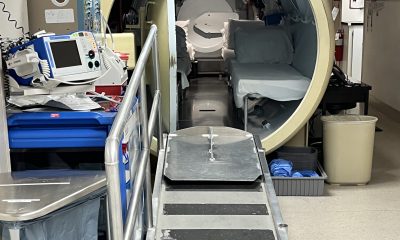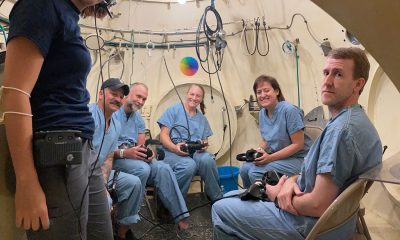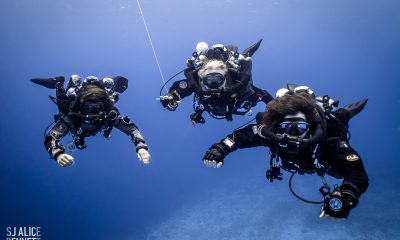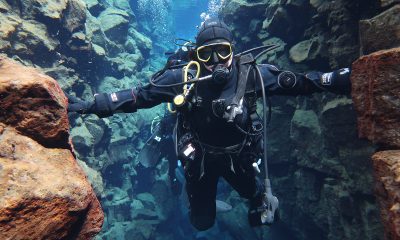Latest Features
Digging Deeper: A Fresh Case for Deep Stops
“Deep stops”—the practice of making deep decompression stops, originally popularized by deep diving ichthyologist Richard Pyle in the early 1990s—has largely fallen out of favor with the tech community over the last decade as a result of a number of studies and experiences. However, as DAN’s Reilly Fogarty explains, deep stops may yet provide some value according to the work by DAN Europe researchers. The devil’s in the details.
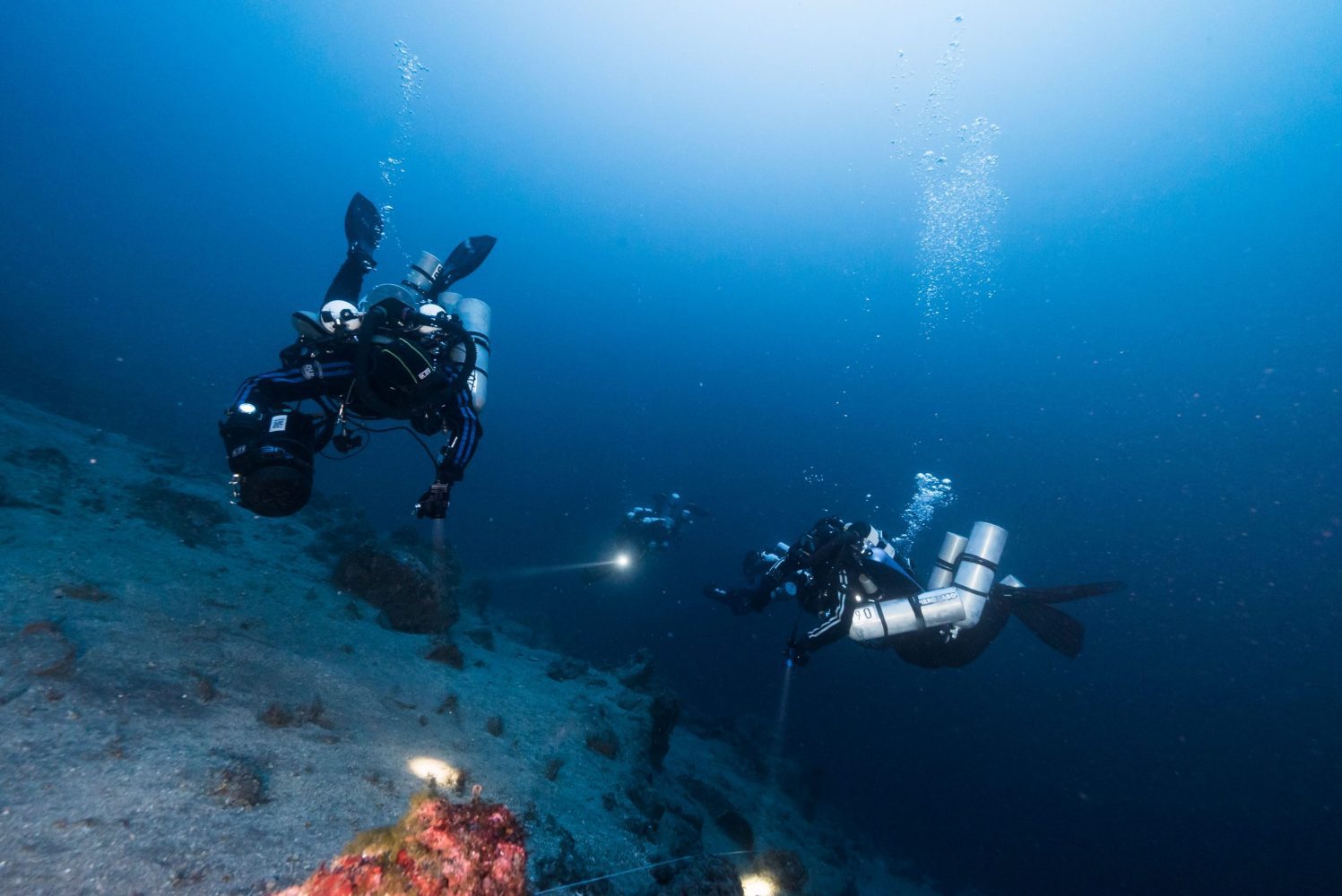
by Reilly Fogarty
Header photo by Jong Moon Lee.
For nearly two decades a vocal minority in the diving community has been gathering their pitchforks and protesting against deep stops, and anyone who would commit the thought-crime of considering them. The data has appeared to legitimize this pursuit, with several studies failing to confirm benefits or indicating negative outcomes with the addition of deeper decompression stops. Endless debates among academics and divers alike ultimately made it taboo to promote deep stops in the North American dive community.
Across the pond the backlash against those who would perform their decompression marginally deeper has been similarly negative but rather less dramatic. Whether that contributed to the ongoing research in deep stops is hard to say, but some theories have indicated that deep stops may yet provide value. Data from some of the biggest names in diving research has indicated a potential decrease in decompression risk with some profiles, and while the data is far from conclusive, it warrants a closer look.
Dr. Costantino Balestra and JP Imbert are two proponents of continued research, and their research seems to show a correlation between the addition of deep stops and a decrease in post-dive bubbling in some cases. Here’s what we know:
DIY, This Is Not
Most discussions about deep stops veer into the realm of specific practices. All too often technical divers see promising research results and apply derivations of the latest hypotheses immediately. In the case of deep stops, this usually manifests in the manual addition of deeper decompression stops either during their dive planning or on the fly. It is theoretically possible that Balestra’s and Imbert’s hypotheses are correct, and the added deep stops might happen to coincide with their recommendations in some fashion, but the typical outcome is an increase in bottom time and, potentially, in decompression risk.
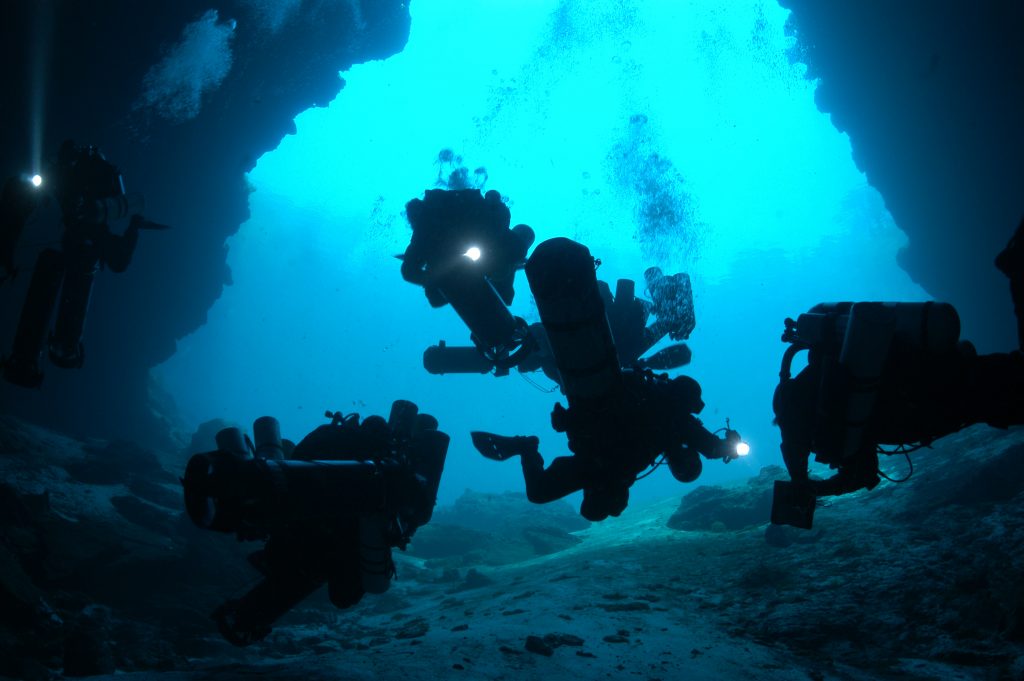
On-the-fly implementation of theoretically suggested practices was common enough that a paper from 2011 aimed to study the models divers were modifying rather than finding the ideal application for deep stops (Cronje, 2011). Research to determine if deep stops have any benefit whatsoever is still being performed, so the range and specific applications of those stops are still a ways off.
Even just the three papers cited at the end of this article show three separate deep stop protocols, and those are carefully calculated protocols designed for research purposes. The reality is that we don’t yet know enough for divers to be adding these to their profiles. Confounding the issue further, there is so much about decompression science that we don’t yet understand that any benefit or trouble from the addition of these stops might be caused by factors that appear unrelated.
Crunching the Numbers
Broaching a topic that many consider to be put to rest long ago is tough, and it requires excellent data. Balestra and Imbert point to several papers as background and supporting documents for their ongoing research. Each of these focused on the addition of a decompression stop significantly deeper than the first indicated by their decompression model of choice and looked at the rate of DCS incidence in the participants. The first used a stop added at half the maximum depth (Cronje, 2011), another added a stop at 50 feet following a test dive to 25 m/82 feet (Bennett, 2007), and a third used a range of ascent rates and compared a each to a range of deep and shallow stop protocols following a 25 m/82 ft dive. (Marroni, 2004).
The Cronje paper was actually written in response to end-user modification of dive tables to add deep stops at half the maximum depth with anecdotal or Doppler evidence to support them. Significant debate over the efficacy of the modifications at various depths ensued, and the aim was to determine whether those modifications put divers at risk for spinal DCS. An animal model was applied; it involved compressing groups of rats to 3.5-6.0 atm for one hour and then using a 7-minute decompression schedule with and without a 5-minute stop at half the maximum depth.
Interestingly, this profile is known to cause spinal DCS in anesthetized rats, but no rats displayed symptoms of DCS. Thus another trial was conducted to determine the threshold for DCS in the subject participants. This trial involved compressing 11 animals to 4.93 atm (without results) and another 14 animals to 5.4 and 5.9 atm with and without deep stops, also without results. Across all models there were two deaths and two breathing abnormalities (both in the group compressed to 5.4 atm without deep stops) and zero instances of spinal DCS or other symptoms. It’s difficult to point to a reason for the apparent fortitude of these rats, but the lack of symptom evolution in any subject — using a proven DCS-causing profile — illustrates the wide variability in DCS onset.
The Bennett and Marroni papers had somewhat greater success with their subjects, and their work provides a foundation for an ongoing interest in deep stops among researchers like Balestra and Imbert. The Bennett paper compounded on prior work indicating a correlation between deep stops and a decrease in precordial Dopper-detectable bubbles. This paper focused on optimizing the stop times from the initially applied 5-minute stop at 15 m/50 ft following a dive to 25 m/82 ft with an ascent rate of 9 m/30 ft of seawater (fsw) per minute.
Subjects were asked to perform 20- and 25-minute dives to 25 m/82 ft with an ascent rate of 10 msw/33 fsw/min and apply one of 15 profiles with stop times ranging from 1 to 10 minutes at 15 m/50 ft and a second shallower stop performed at 6 m/20 ft. Decompression stress was estimated with the use of precordial Doppler bubble counts. Data indicated that deep stops of 1 minute actually increased bubble counts, leading to the greatest bubble evolution of any profile tested, but a 2.5-minute deep stop followed by a shallow stop of 1-5 minutes led to the lowest bubble counts.
Increasing time at the shallow stop did not measurably decrease bubble count. The results led the researchers to recommend a deep stop of “at least 2½ minutes” at 15 m/50 ft in addition to a stop at 6 m/20 ft for 3-5 minutes following dives to 25 m/82 ft, but the authors noted that they could not extrapolate those recommendations beyond those profiles without further study.
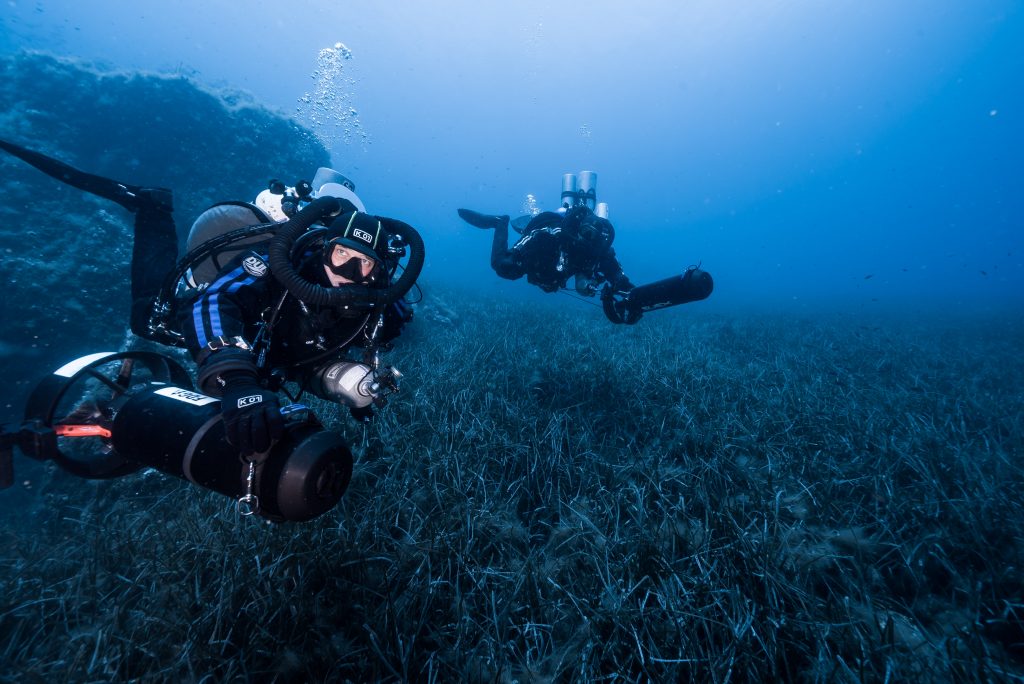
The Marroni paper also relied on precordial Doppler bubble counts to measure decompression stress, although its focus was more specifically on spinal and neurological DCS. The authors of the paper hypothesized that introducing deep stops would reduce bubble formation specifically in fast tissues and result in a decreased risk of neurological DCS, measurably by a lower bubble count. 181 dives to 25 m/82 ft were performed by 22 volunteers, with bottom times of 20 and 25 minutes and 3.5-hour surface intervals. Eight ascent profiles were utilized with ascent rates of 3, 10, 18 msw/min (10, 33 and 60 fsw/min) combined with no stops, a shallow stop at 6 m/20 ft, and a deep stop at 15 m/50 ft plus a shallow stop at 6 m/20 ft.
The greatest bubble counts were found in divers utilizing the slowest ascent rate, while the lowest were found in divers using the 10 msw/min (33 fsw/min) ascent rate with a 5-minute stop at both 25 m/50 ft and 6 m/20 ft. These divers showed nearly half the bubble load of the control group at 5 minutes post-dive and 70% of the bubble load at 10 minutes postdive. As with the Bennett paper, the researchers could not extrapolate the data to other profiles but did find the use of deep stops correlated with a reduced overall bubble load.
Decompression research is a tough field because of the variability inherent to individual subjects and symptom onset, but that’s no surprise given the breadth of factors involved. It’s disheartening to wade through a decade of research just to discover that we have, at best, anecdotal data on the application of deep-stops, but that’s where things currently stand. There is significant data that indicates that deep stops in a small range of researched profiles may decrease bubble load, and more research is warranted.
What we don’t yet know is how the deep stop profiles compare to profiles using the same decompression time or tissue gradients but at shallower depths, how those deep stops affect decompression at technical depths, or how they can be applied in the field. The nature of the work makes it difficult and time-consuming to collect research subjects and data, and it’s unlikely that we’ll have answers to these questions in the immediate future, but the possibilities are fascinating to consider.
Dive Deeper:
Decompression, Deep Stops and the Pursuit of Precision in a Complex World:
https://indepthmag.com/decompression-deep-stops-and-the-pursuit-of-precision-in-a-complex-world/
References:
- Cronje FJ, Meintjes WA, Bennett PB, Fitchat S, Marroni A & Hyldegaard O. (2011). Analysis of clinical outcomes of linear vs. deep stop decompression from 3.5 to 6 atmospheres absolute (350 – 600 kpa) in awake rats. Undersea Hyperb Med 38, 41-48.
- Bennett PB, Marroni A, Cronje FJ, Cali-Corleo R, Germonpre P, Pieri M, Bonuccelli C, Leonardi MG & Balestra C. (2007). Effect of varying deep stop times and shallow stop times on precordial bubbles after dives to 25 msw (82 fsw). Undersea Hyperb Med 34, 399-406.
- Marroni A, Bennett PB. (2004). A deep stop during decompression from 82 fsw (25 m) significantly reduces bubbles and fast tissue gas tensions. Undersea Hyperb Med 31, 233-243.

Reilly Fogarty is a team leader for risk mitigation initiatives at Divers Alert Network (DAN). When not working on safety programs for DAN, he can be found running technical charters and teaching rebreather diving in Gloucester, Mass. Reilly is a USCG licensed captain whose professional background includes surgical and wilderness emergency medicine as well as dive shop management.





















